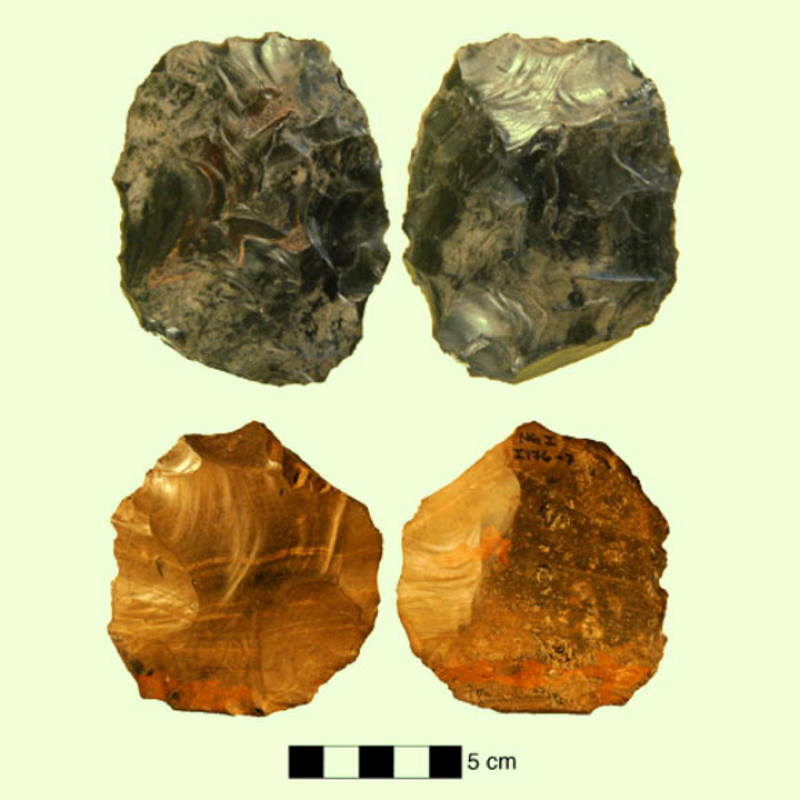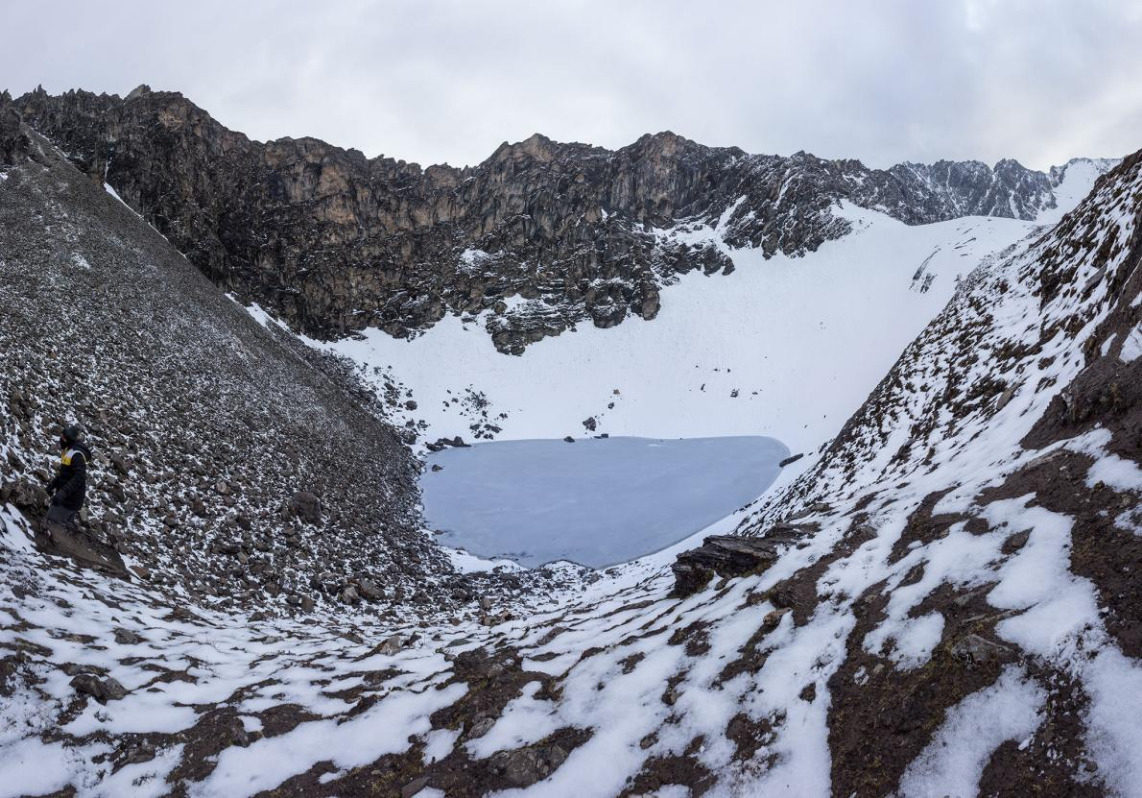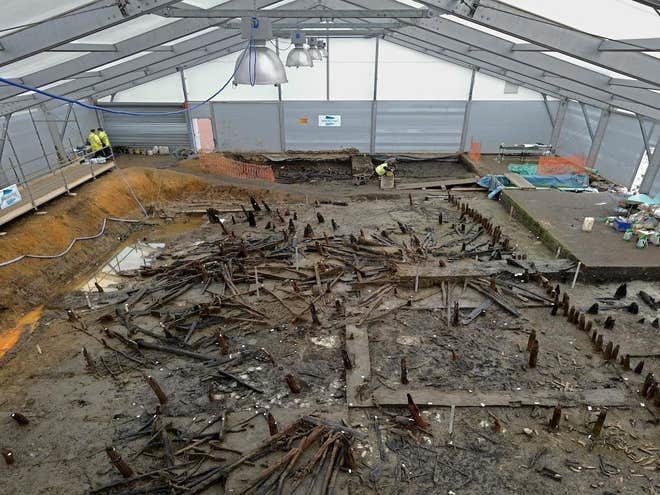
© UNBivši glavni tajnik UN-a Dag Hammarskjöld
Updated: Aug 16, 2019, Original: Aug 16, 2019 - UN Leader Dag Hammarskjold Died in Mysterious Circumstances in 1961. What Really Happened? New evidence supports a theory that the pioneering U.N. secretary general was assassinated.
Shortly after midnight on September 18, 1961, a chartered DC-6 airplane carrying
United Nations Secretary-General Dag Hammarskjold on a peacekeeping mission to the newly independent African nation of the Congo crashed in a forest near Ndola, in the British protectorate of Northern Rhodesia (now Zambia).
Hammarskjold and 14 other people aboard, including U.N. staffers and the plane's crew, were killed; a single survivor died of his injuries six days later. Though inquiries by colonial authorities in Africa indicated the crash had been the result of pilot error,
rumors of foul play surfaced immediately — and they have not stopped swirling since.
Today, Hammarskjold's name is emblazoned on several buildings at U.N. headquarters in New York, while his death remains the biggest enigma in the organization's eventful history.
In 2017, the UN commissioned a new investigation of the crash, while the 2019 documentary Cold Case Hammarskjöld explores the long-running theory that Belgian or South African mercenaries may have shot down Hammarskjold's plane to stop his diplomatic activities in the Congo, possibly even with the backing of U.S. and British intelligence.




Comment: See also: